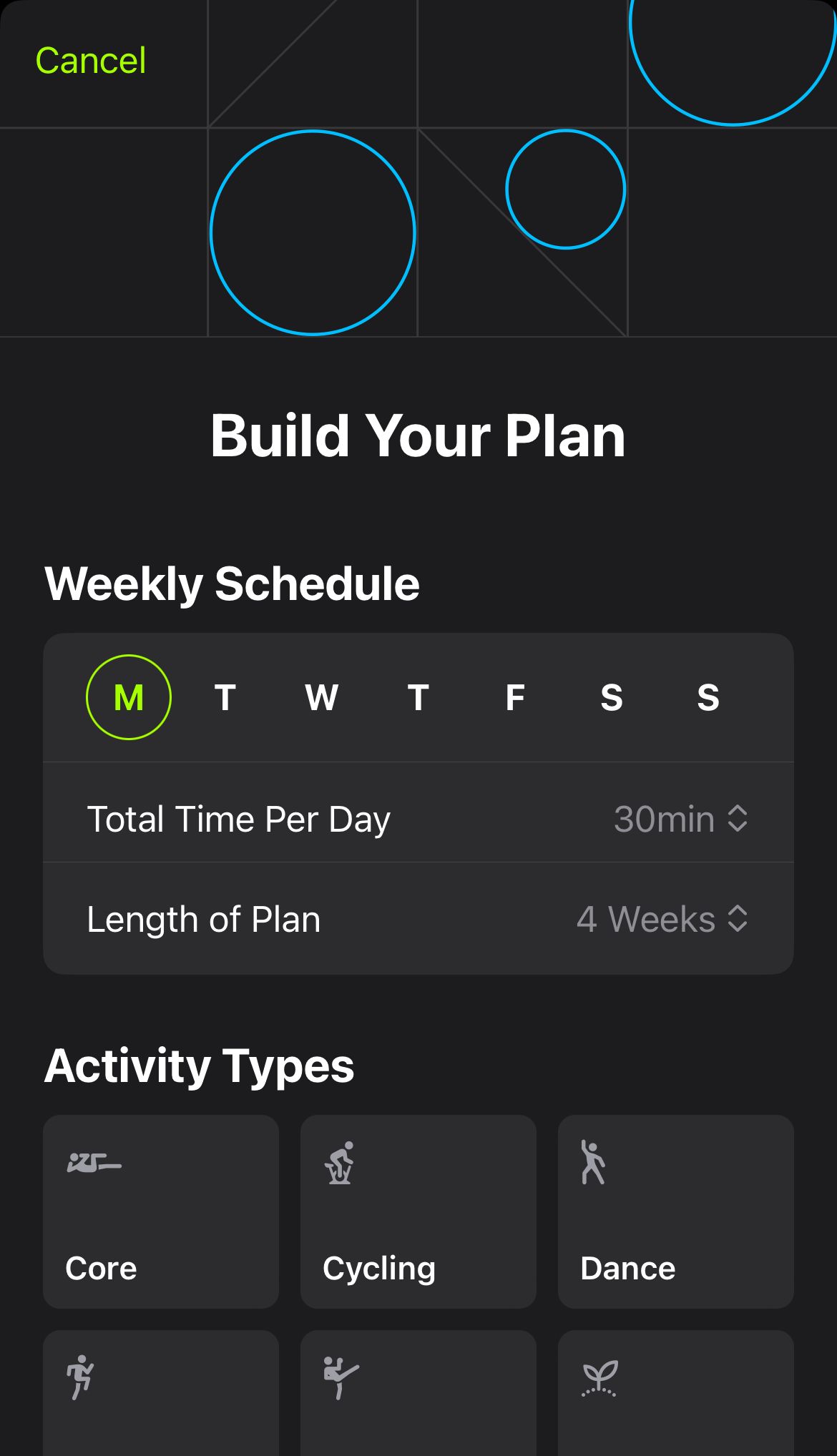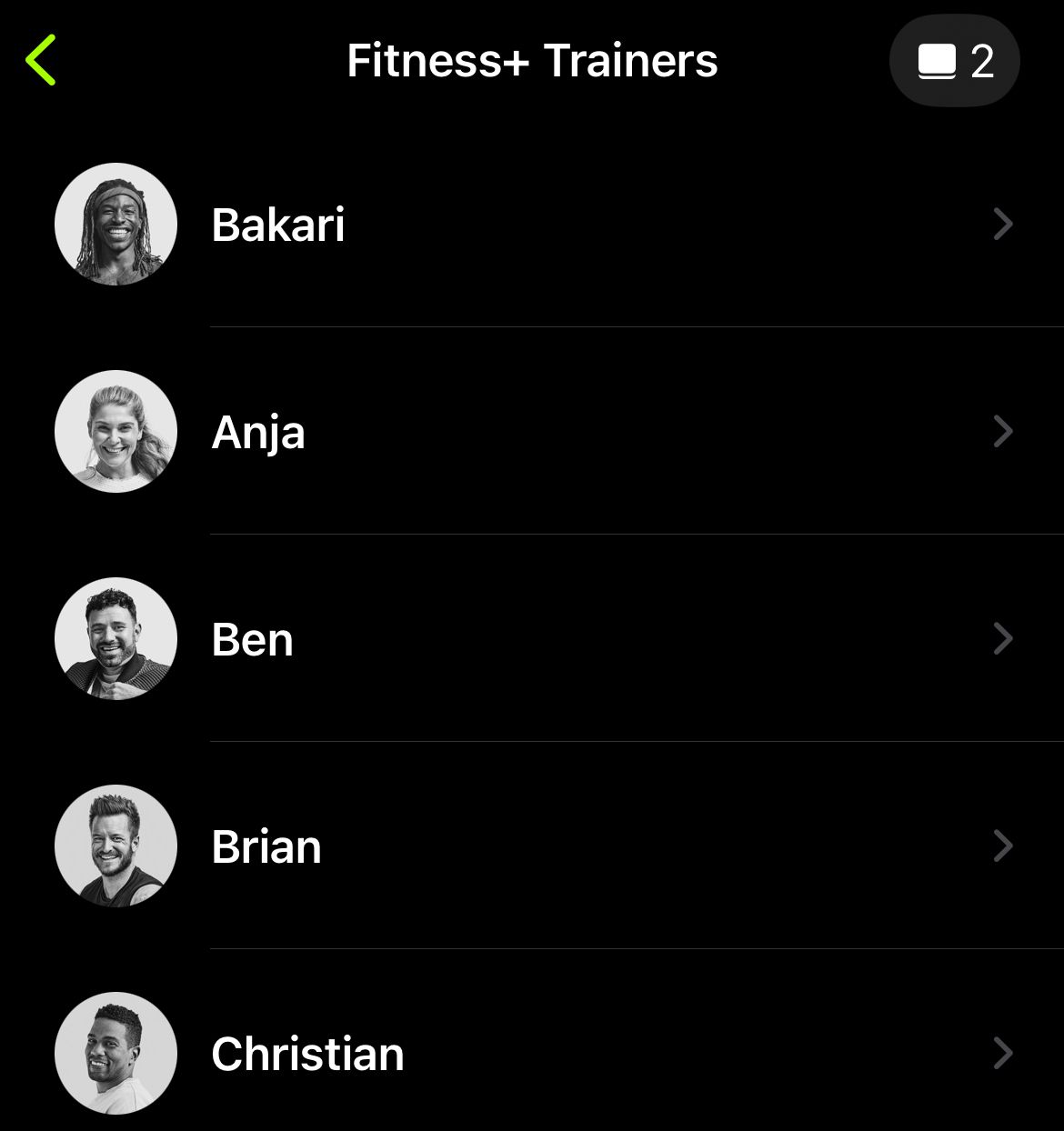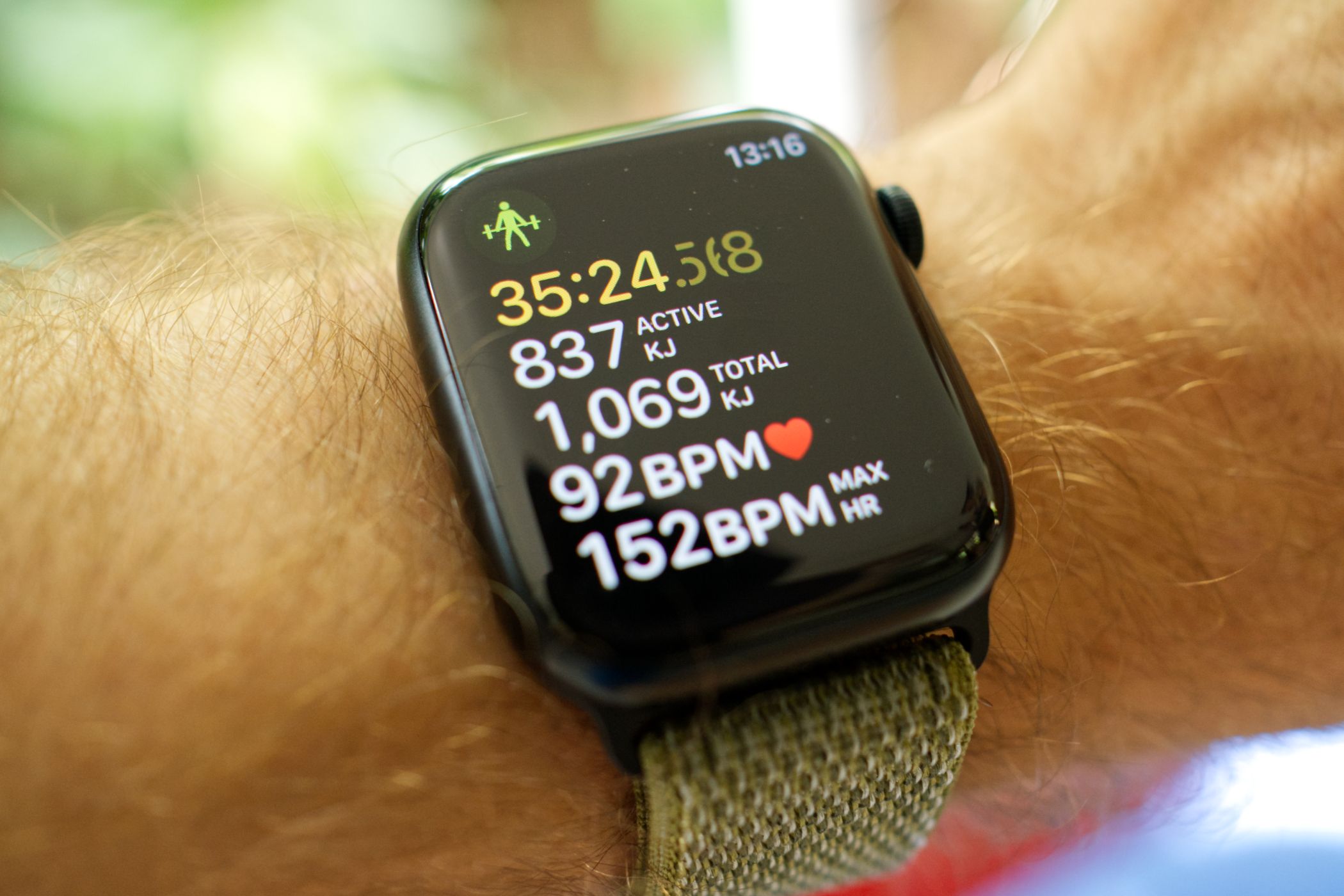I have a confession: I’ve never considered using Apple’s Fitness app, chalking it up to an extension or duplication of the Health app. I finally decided take a proper look at the app recently when I came across an underrated subscription that piqued my interest. So, I decided to give Apple Fitness+ a shot.
What You Need for Fitness+
You can subscribe to Fitness+ with the Fitness app on your iPhone, iPad, or Apple TV. Once you have the app downloaded, go to “Fitness+” at the bottom of your screen. Tap “Get Started,” then select the free trial offer. Sign in with your Apple ID and password, confirm your billing information and payment method, and click “Subscribe.” Your Fitness+ free trial is now ready to go.
After your free trial ends, you can subscribe to Fitness+ for $9.99 per month or $79.99 annually. You can also share this subscription with five family members.
When you purchase a new iPhone, Apple Watch, iPad, or Apple TV, you can get Fitness+ free for three months.
If you want to use Fitness+ on your iPhone and sync with an Apple Watch, you need:
- An iPhone 6s or later, with iOS 14.3 or later
- An Apple Watch Series 3 or later with watchOS 7.2 or later
If you want to use Fitness+ on your iPhone without an Apple Watch, you will need an iPhone 8 or later with iOS 16.1 or later. Using Fitness+ on your iPhone, iPad, or Apple TV without syncing it to Apple Watch unfortunately lacks workout metrics like heart rate and calories burned.
To make the most of all Fitness+ workouts, you could add some more equipment like a yoga mat, yoga blocks, dumbbells, and so on.
Access a Large Library of Workouts
The first thing I flicked though when I got access to Fitness+ was the exhaustive library of workout videos that are available from the comfort of my iPhone.
Fitness+ gives you access to more than 5,000 workout and meditation videos in 4K Ultra HD—one of the largest libraries for fitness content right now. This almost put me in a state of choice paralysis, but the overwhelming amount of content thankfully uses a good sorting system. The categorization is neat, with something for everyone.
Fitness+ offers workouts for enthusiasts of all fitness levels and an array of workout types, including Pilates, HIIT (high-intensity interval training), yoga, running, walking, core, strength, kickboxing, and more. If you like going to the gym, there are videos for cycling, treadmill, rowing, and cooldown. One of my favorite categories is meditation, which creates a holistic fitness experience that ties in the more relaxed content.
Fitness+ also offers features like “Collections,” which are curated playlists from library content, catered towards something specific like a “30-Day Core Challenge.”
There’s also “Artist Spotlight,” a workout collection featuring playlists of your favorite artists. You can do an entire 30-minute cycling session with a trainer’s guidance and music only from The Rolling Stones.
Building Custom Plans and Accessing Trainers
Custom Plans is one of the more impressive features that Fitness+ offers. If you are someone who despises monotony in your workouts and wants to switch things up or are looking to customize your fitness plan to try out different activities every single week, this feature lets you build your plan brick-by-brick.
With Custom Plans, you can pick the plan’s length, workout duration, and activity type. For instance, I built a 4-week plan with 30 minutes of Pilates on Mondays, 40 minutes of yoga on Tuesdays, and so on. When you review the plan you created, you can even pick your preferred trainers for each activity. Your new plan will create a curated playlist of videos that hit all those pre-set goals.
Videos have closed captions, audio hints, and subtitles for the deaf and hard of hearing (SDH), but beyond that, most trainers also use American Sign Language (ASL) when they are not exercising, which is a great feature that makes workouts feel more inclusive.
You also get access to Fitness+ trainers, and clicking on their profile picture lets you access every workout that they guide. This preference-based filtering was helpful since I like sticking to one or two trainers for virtual workouts. Fitness+ also features quick trainer tips regarding nutrition and activity.
Apple TV and Apple Music Integration
Fitness+ also brings seamless integration across other Apple devices and apps. Connecting Fitness+ with Apple TV or MacBook is a good way to view your workouts on a bigger screen. While using Fitness+ on your Apple Watch and iPhone, you can also sync your workout with:
- iPad with iPadOS 14.3 or later
- Apple TV 4K or Apple TV HD with tvOS 14.3 or later
- MacBook Pro and MacBook Air (2018 or later) with AirPlay
Fitness+ has in-app workout collections that feature popular Apple Music hits and playlists. All workouts also feature songs from Apple Music, and you can view and click on these songs (which are listed below each video), which takes you to the music app. You can also customize the audio to either focus on the pre-set music or the trainer’s coaching.
However, a drawback I faced was that I could not play my music from Apple Music or Spotify while I started a workout video from the app. I would have to play my music on a second device to listen to what I wanted, which was a bit tricky for workouts that I had to pay attention to.
Is Apple Fitness+ Worth It?
After trying Fitness+ out for a week, working out, and exploring all that it has to offer, the answer is: it depends.
The integration that a Fitness+ subscription provides across Apple devices is an absolute gem of a deal for the money you are paying. Custom Plans was possibly my favorite feature that the subscription gave me; this is something that I had not seen in many fitness apps and programs before and helped me stick to what I had planned for the week.
Fitness+ trainers are also fun to work with, especially with the range of activities that you get to do. Every time I use Fitness+, I find a new way to move and hit my goals, which means that you will never run out of things to do if you have that subscription.
If you own an Apple Watch, you can sync and measure the metrics of your workout, while having an Apple TV means a better display. Sharing your Fitness+ subscription with up to five family members is also something you get to do, which can be cost-effective.
But when there are so many free fitness apps that do most of what Fitness+ does, spending money on a subscription might not seem like a necessity. Comparing Fitness+ to one of my favorite fitness apps, Nike Run Club (NRC), dulled the high I got from my experience of using the Fitness app.
Recorded workouts and trainers are not exclusive features that Fitness+ offers; many of these are available for free on YouTube channels and free fitness apps (with in-app purchases and premium plans that you can upgrade to, of course). NRC, for instance, also offers specific plans and challenges like Fitness+, along with the ability to create your own challenges.
I even found NRC’s community better than what Fitness+ offers (a “Share Activity” option that lets you sync your progress with contacts) because you can compete on leaderboards with strangers. Peloton’s app also offers most of what Fitness+ gave me, including specific workouts on the treadmill, cycling, and strength training.
If you are only looking to do a specific type of activity, like running or strength training, then a Fitness+ subscription might not be what you are looking for.
But if the never-ending library of workouts, customized plans and challenges, seamless integration, and good trainers sound appealing enough for you to find a fitness regimen and consistently stick to it, you would be getting your bang for every buck spent on Fitness+.










